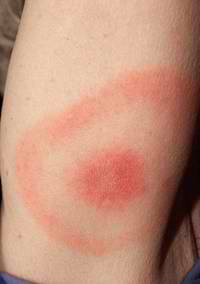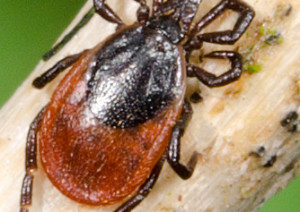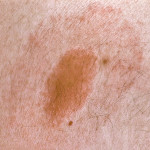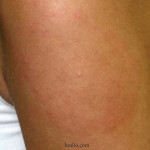Central Mass Lyme disease prevention is critical, and that is not figurative language. Literally critical – urgent – dire!
May is a beautiful time of year in Central Mass, and with the warm weather folks begin to spend more time outdoors with their families. We begin to work in the yard, host cook-outs, and spend mild evenings relaxing on our back patios. Many across the U.S. get moving for the cause of Lyme disease. 5K runs in the name of Lyme? Yes, it’s that important! Why? See the trailer below for the critically acclaimed documentary, Under Our Skin!
See more about Under Our Skin.
In honor of Lyme Disease Awareness Month, I would like to cover some important aspects of Lyme.
Lyme Disease Symptoms

An estimated 30% to 80% of Lyme patients will develop a rash related to the disease. The bullseye rash is most commonly associated, but did you know that other rashes can be associated with Lyme? Did you know that some patients don’t develop a rash at all? In a CDC report, more than 40% of Lyme Carditis patients did not have Lyme related rash. Early symptoms include: fever, chills, nausea, sweating, and joint pain.
Read about 3 steps to determine your Lyme disease risk after you have been bitten by a tick.
Children and Lyme

Detecting Lyme disease in your child might be difficult, as symptoms can present behaviorally, without a prevalence of sickness symptoms. Children with Lyme can have insomnia, difficulty communicating thoughts, fatigue, short attention span, and severe mood swings. Because children as susceptible to tick bites, it is essential that you hire a licensed tick control company to spray your yard, your child’s playground. Check your child each day for ticks or tick bites, and if you find evidence of either, follow these tick removal instructions, and be vigilant in watching for symptoms, including those mentioned above.
Pets and Lyme
Your pets are also extremely susceptible to ticks and tick bites. They too, can get Lyme disease. In addition to tick protection for your yard, please check your dogs, cats, and horses for ticks regularly, and watch for symptoms, such as lethargy, and unexplained limping.
Check out this video to learn how to properly check your pet for ticks.




